2020 Alfa Giulia Review: All The Bits We Moaned About Have Been Fixed

Pros
Cons
From the moment it was revealed I desperately wanted the Alfa Romeo Giulia to be a car that could be heartily recommended over a BMW 3-series or Mercedes C-Class; for the saloon to be a car that’d win both head and heart. After all, the excuse of soul/passion/insert Italian car cliché here just doesn’t cut it any more.
The car we got was easily the best Alfa Romeo in years. The looks, and the fact it’s built on a bespoke rear-drive platform and not a front-driving Fiat hand-me down architecture. At last, the Alfa rebirth that had been talked about since the dawn of time was happening. There were, however, some niggles.
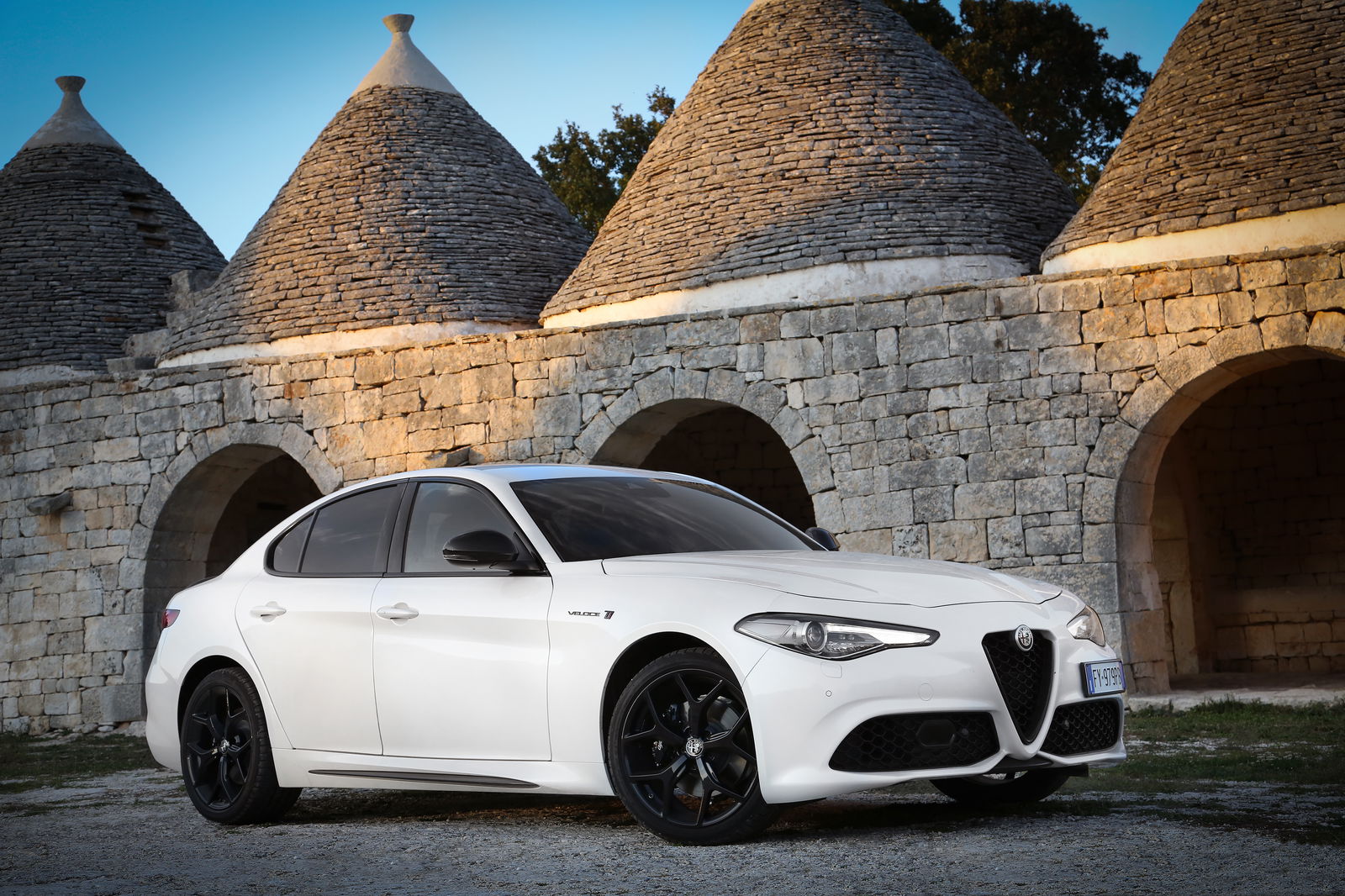
Most of these concerned the cabin and the tech that was in it - the kind of stuff that really matters to the people buying these cars. The design of the interior is nice enough, but some of the materials felt low rent considering the price, and the finish was less than stellar in places. The sharp back edge of the gear selector is something I’ve griped about after driving both the Giulia and the Stelvio (both cars have pretty much the same cabin). Finally, to call the infotainment system crap compared to German rivals seems charitable - it just wasn’t good enough.
Why the past tense? Because there’s an updated version of the Giulia that’s just been announced, and we’ve already driven it. In terms of looks, it’s… identical, save for some trim changes (we’ll get to that later). And as for the chassis… well, that’s the same too. The main alterations are in the cabin.
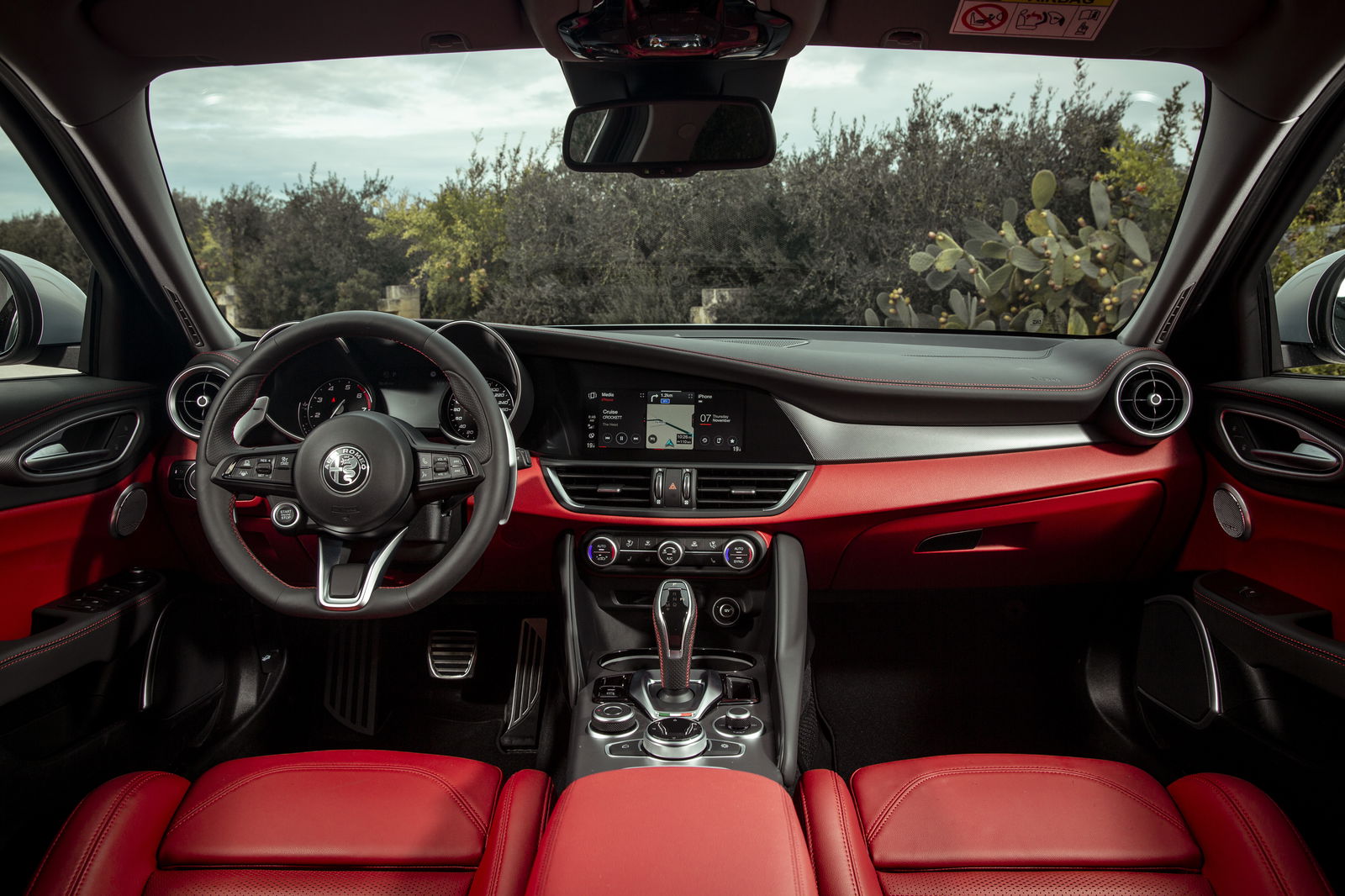
In other words, Alfa Romeo has kept the bits that worked, and tweaked the parts that weren’t quite there. It isn’t immediately obvious when you get in, but get comfortable, and you start to spot what’s new.
There is - praise be to the gods - a new leather-wrapped gear selector, which is lovely. The layout of the buttons immediately around it is new and much more logical. Plus, there’s a new rotary controller which looks a lot nicer while also - and I don’t say this lightly - having I-Drive levels of rotary feel satisfaction.
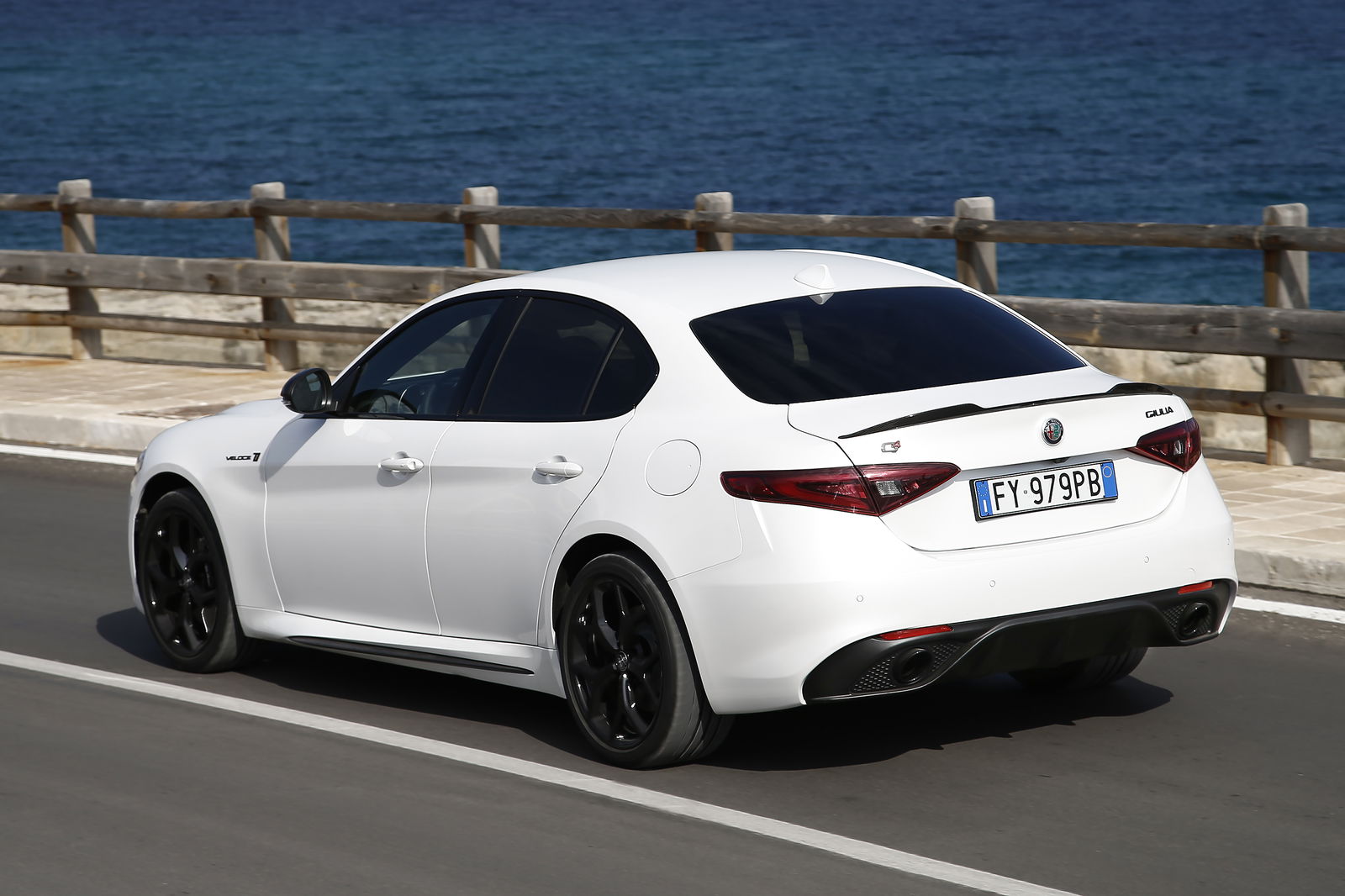
The infotainment system it controls is much slicker than before. It’s easier to navigate and the graphics are nicer. Interestingly, even though there’s the aforementioned rotary controller for it, it’s a touchscreen too. A touchscreen that’s not as responsive nor as large as most rival systems, but hey, it’s a nice, ahem, touch. The navigation system is decent if not remarkable - it’s a little slow to react to the position of the car.
You may be detecting a theme here - although the bits we’ve moaned about before are better, there is still room for improvement. Sitting inside the Giulia - or the new Stelvio, which has received the same set of updates - it still doesn’t feel quite as premium as something from one of the German Big Three.
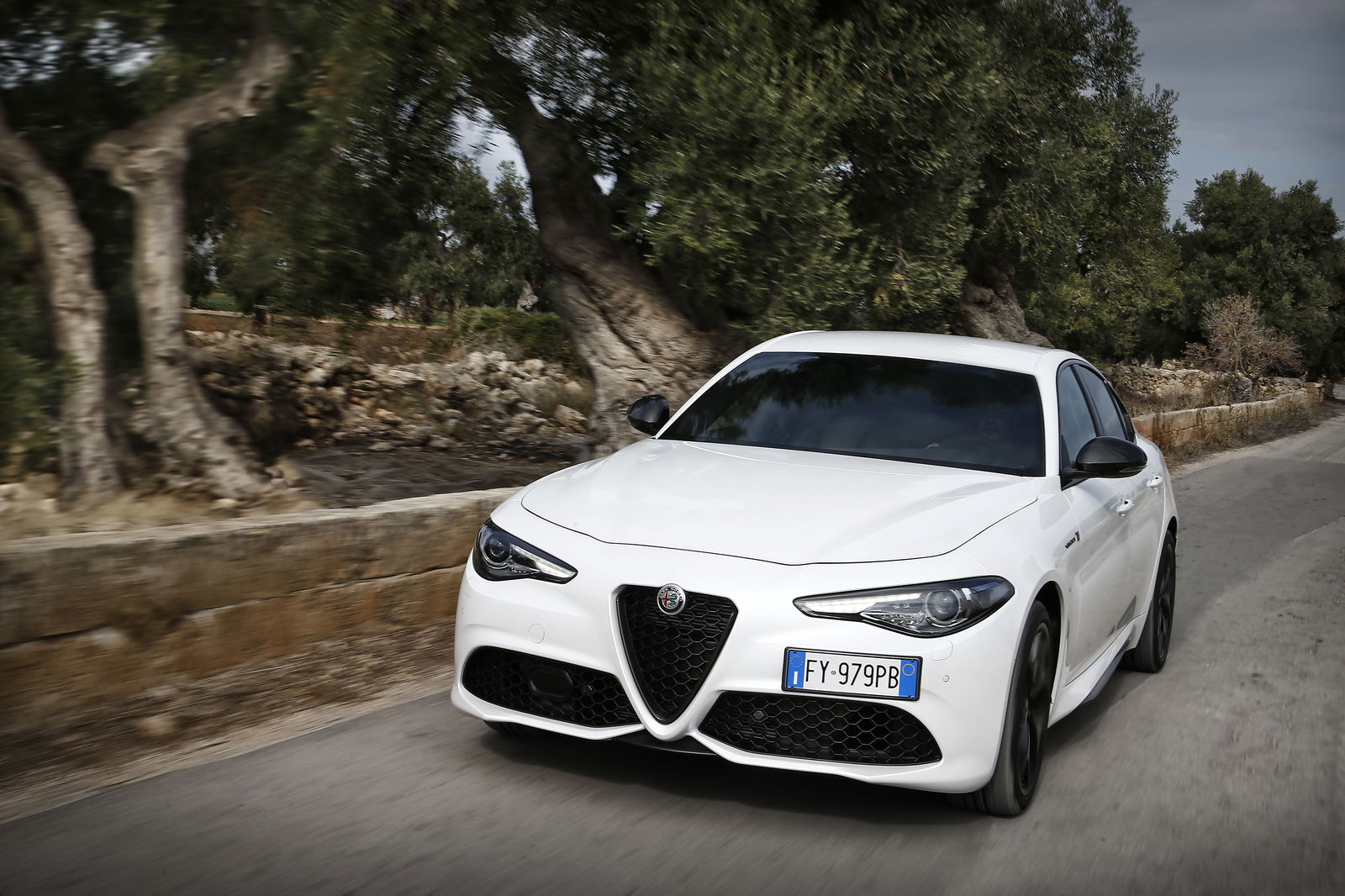
Press on a little bit and you care much less - the Giulia is just as brilliant to drive as it’s ever been. The steering (which has been lightly fettled, although you’d be hard-pressed to tell the difference) remains almost amusingly fast and extremely accurate. Body control meanwhile is stellar - Alfa Romeo hasn’t fallen into the trap that is making something stupidly firm just so it can be labelled ‘sporty’. With the adaptive dampers in their firmer setting, the Giulia feels confident even when thrown around, but the ride remains beautifully smooth.
Slacken them off, and you have a Grade A waft-mobile. And not just because of the softer attitude the dampers take on - Alfa has sought to improve the car’s NVH (noise, vibration, harshness) and it’s paid off, making for a noticeably more serene space.
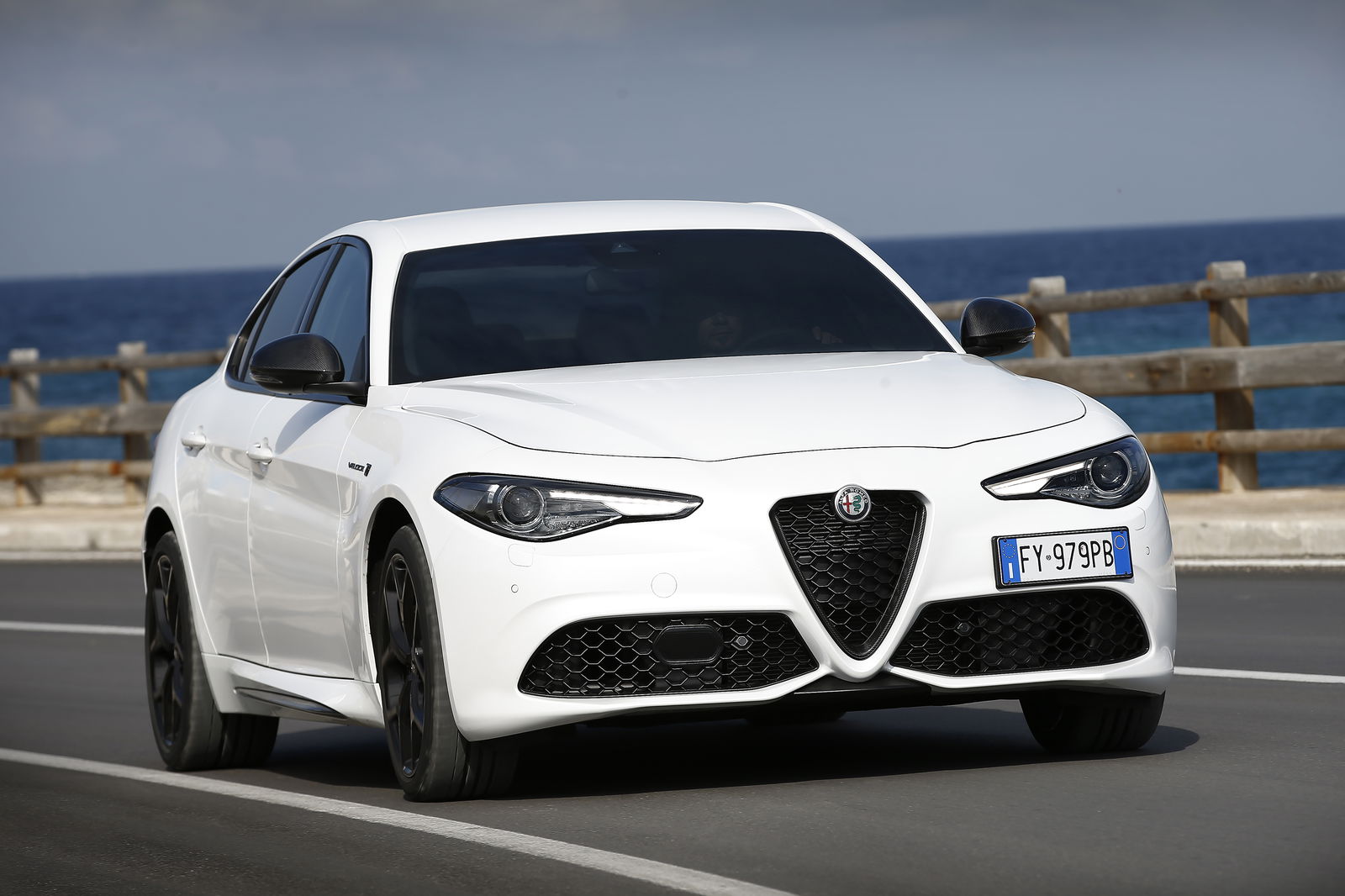
The engine line-up has been carried over, which is no bad thing. There’s a diesel which is a little clattery at lower revs before becoming smoother, and a 2.0-litre inline-four petrol available in two states of tune. Go for the 276bhp version - it’s not exactly a firecracker, but it’s all the poke you could ever need. If you still want more, don’t worry - we should be seeing a Giulia Quadrifoglio with the same set of updates eventually.
You can pair these engines with new trim levels, starting at the base ‘Super’ variant. Then there’s Business, which is all about, erm, business, followed sporty and extra spangly Sprint, Veloce and Veloce Ti trims. You’ll also find some fresh colours on the configurator (we’re particularly fond of the goldy ‘Ocre’ hue), and a delicious new set of teledial wheels.
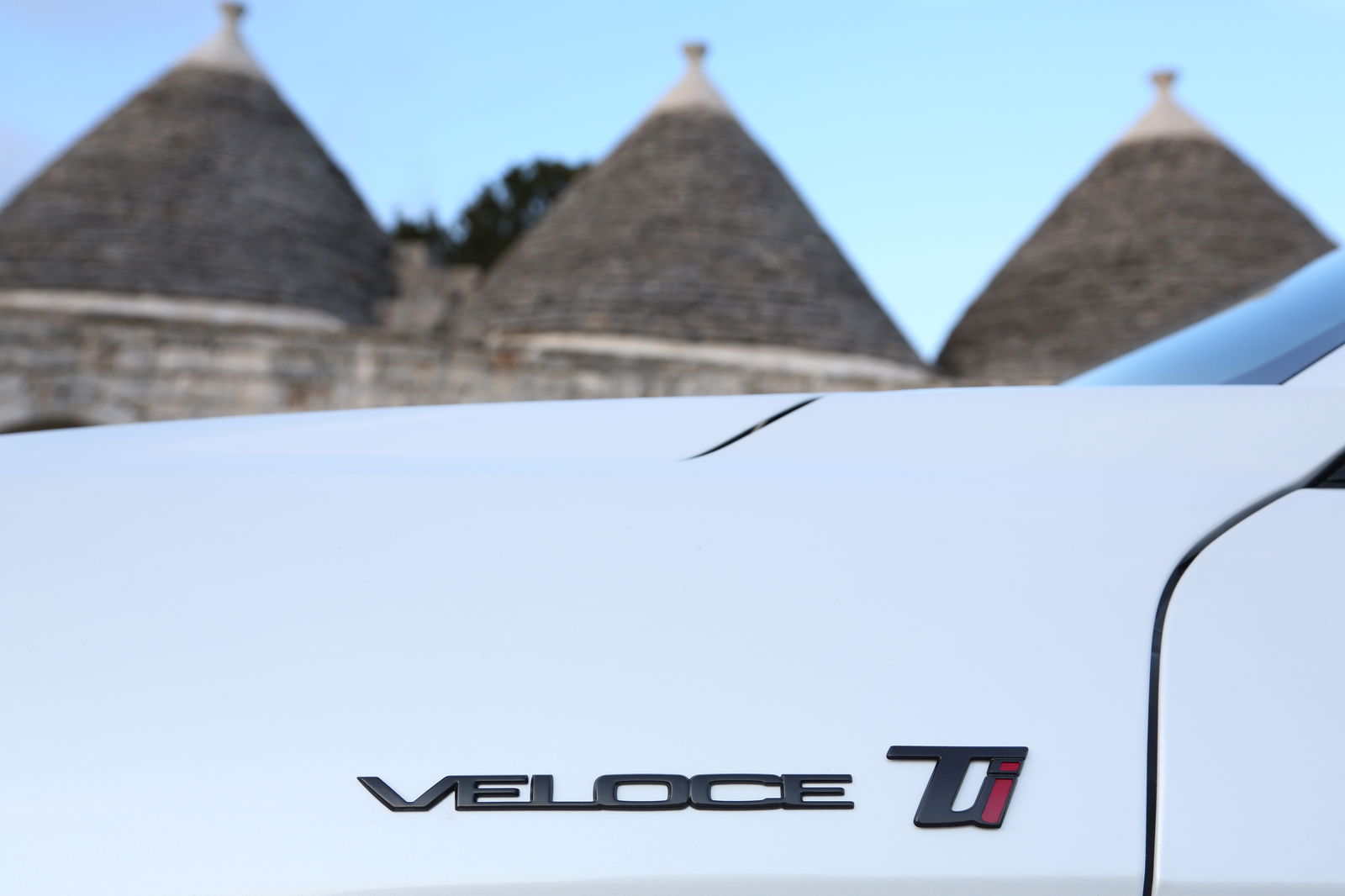
It’s still not better a better car than a BMW 3-series, Mercedes C-Class or Audi A4, but the gap is much smaller than it was. The Giulia remains more of a heart than head kind of car, but the needle is closer to the middle. Pick this over one of the usual compact execs and you’ll have something with far more emotional appeal. The great news is, you now aren’t compromising as much when it comes to everything else.
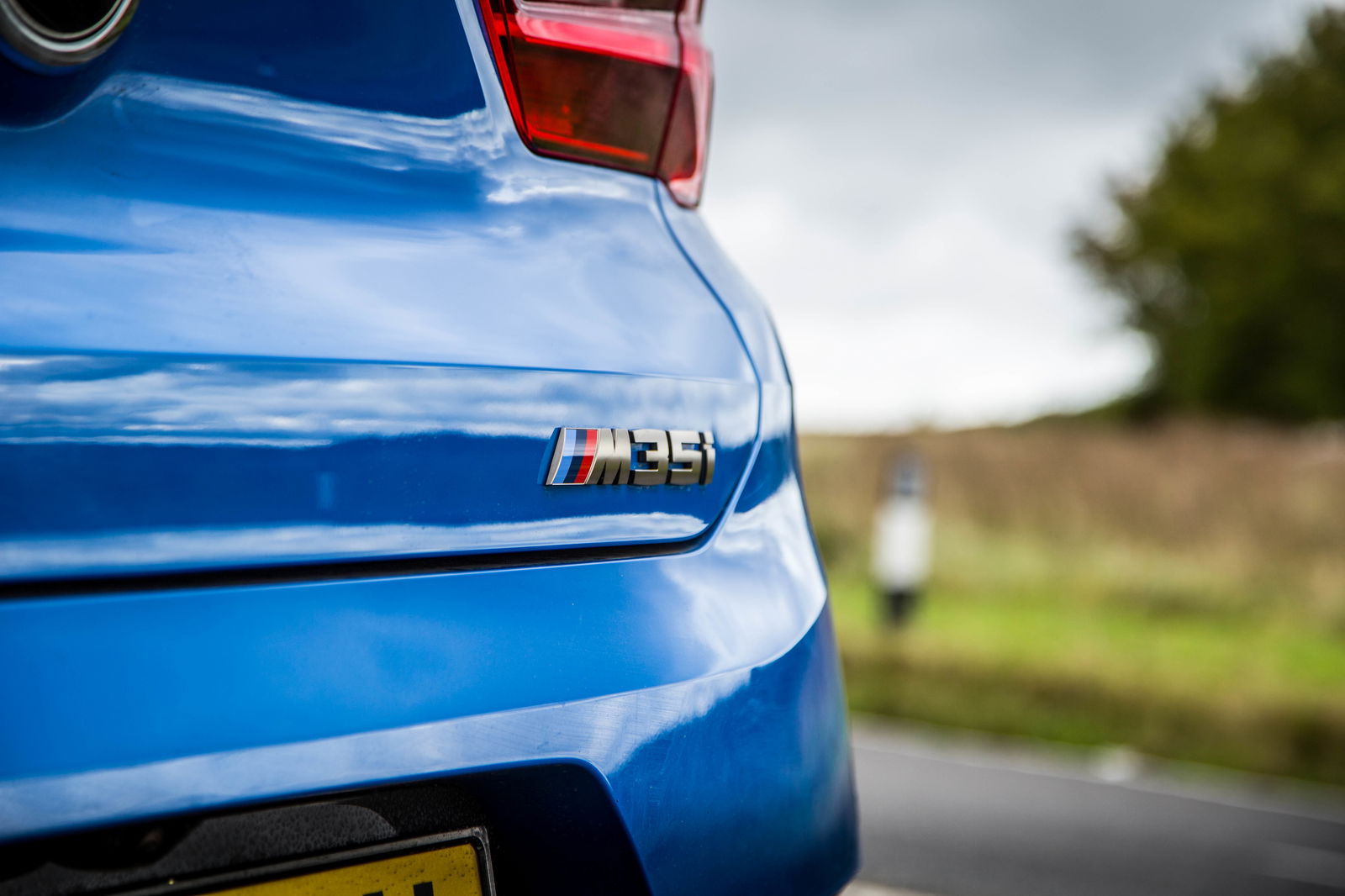
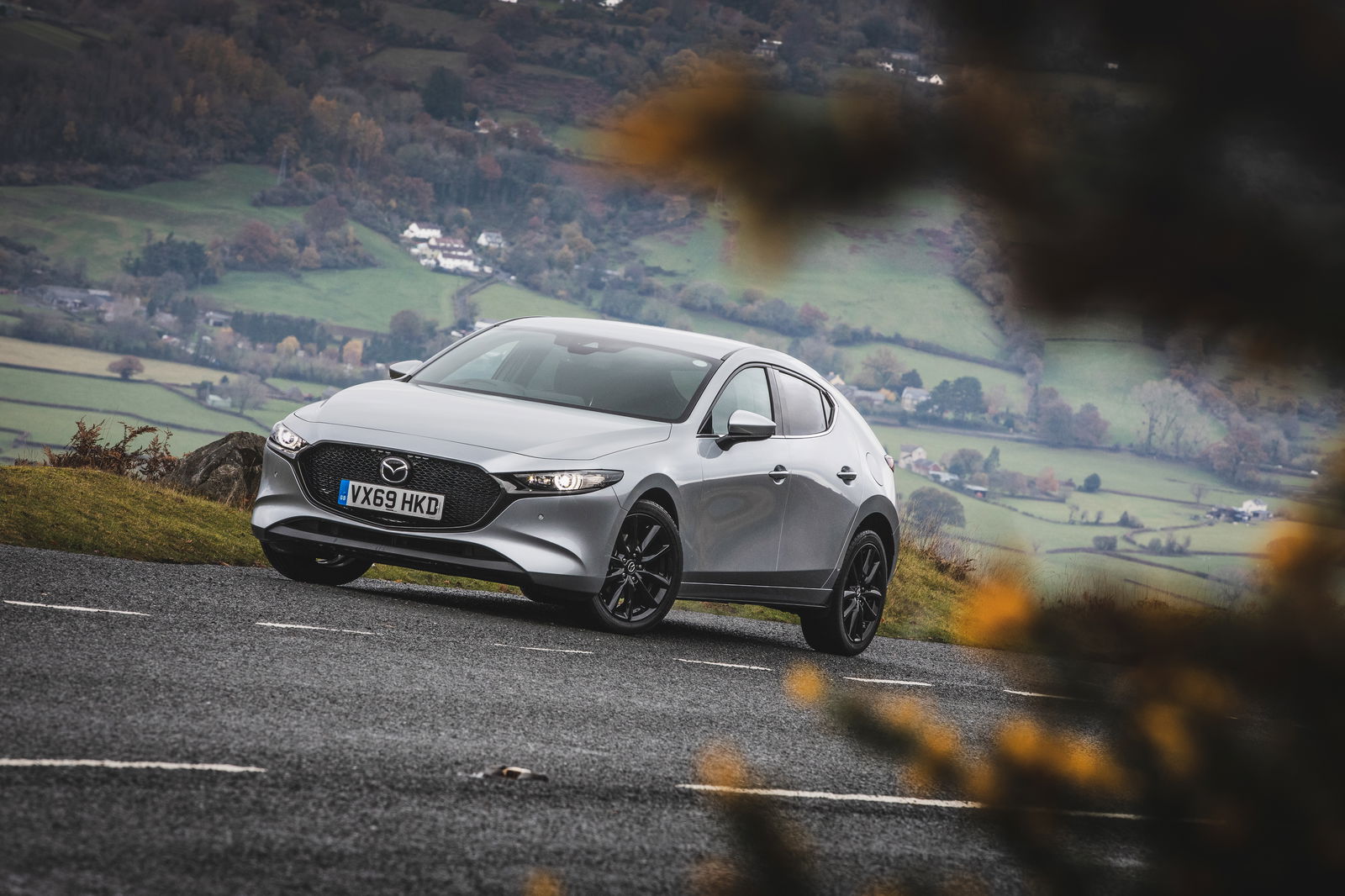

Comments
Good to see Alfa is still investing in their products especially with the FCA-PSA budget cuts planned. If I was in the market for a small luxury car, I wouldn’t get excited by anything but the Guilia - all of the others just don’t feel special to me.
Okay, maybe an M340i… but still. The Guilia is something different.
Love the Guilia, hopefully I’ll be in a position to get myself a QV in the next 3-4 years. Bit gutting it looks like they’ve ditched the Carbon bucket seats though, they really set the cabin apart for me
Still no manual for the petrol Giulias..
So sad…
Still can’t turn ESP off ??